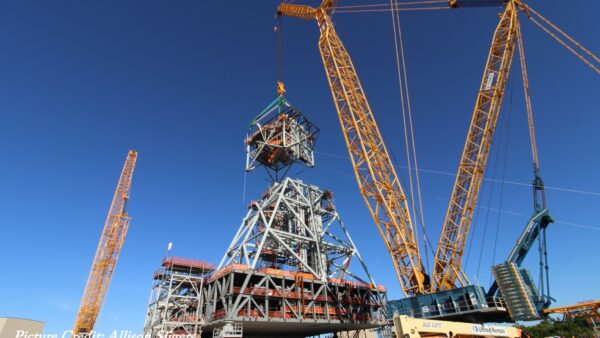The Russian government announced last week that it is to build 11 nuclear reactors by 2030, in addition to those already under construction in St Petersburg, Novovoronezh and Rostov on the country’s border with the Ukraine, and the western enclave of Kaliningrad.
Of particular interest to the rest of the world is the statement that two of the units will belong to the BN-1200 sodium-cooled fast neutron class. This is seen as Russia’s main bridge to a fourth-generation design that would out perform existing third-generation units on fuel and energy conversion efficiency, waste, life expectancy and safety.
Nuclear engineer OKBM Afrikantov was to have produced its first 1.2GW unit in 2025 for the Beloyarsk plant in the Urals, however this was “postponed indefinitely” in April 2015 over concerns about supplying fuel to the reactor and its overall cost effectiveness – a decision that Mikhail Bakanov, the general director of Beloyarsk described as “like a bloody nose”.
Mr Bakanov succeeded in bringing the smaller BN-800 fast neutron reactor on line in Beloyarsk in December last year (pictured). This is now the second largest fast reactor in the world.
Russia has long been the global leader in fast-neutron reactors, and a failure of its main programme in that field would have been a serious setback for the entire industry.
The decree also approves the building of a facility to produce high-density uranium-plutonium nitride fuel and the construction by 2025 of the BREST-OD-300, another design of fast neutron reactor which uses a lead-based cooling medium.
According to World Nuclear News, the OD-300 is part of the Russian state nuclear corporation’s “Breakthrough Project”, which is intended to create a closed nuclear fuel cycle, in which waste is reprocessed into fuel.
In addition, the decree approves construction by 2030 of eight advanced pressurised water reactors: a Vodo-Vodyanoi Energetichesky Reactor (VVER) 600 unit for the Kola nuclear power plant in the Arctic and seven VVER TOI (optimised) units at Kola II, Smolensk II, Nizhny Novgorod, Kostroma and Tatar.
The VVERs are classed as “generation III-plus” reactors. Earlier this month, Russia brought the world’s first unit of this type into service in Novovoronezh.
As well as its round of domestic orders, Russia’s nuclear industry has been a strong international performer.
This week it was reported to be interested in bidding for work on Saudi Arabia’s $80bn programme of constructing as many as 16 reactors over the next 20 years.
Image: Work under way on the BN-800 reactor at Beloyarsk (Denisporubov/Creative Commons)
Further Reading:
Comments
Comments are closed.







Are we all not very fearful of the word “change”? Yet without striving to improve we will drown in our own apathy! Thus when nations strive to build a better future for their people who can blame them? Yet so many ingenious ways of generating energy continue to be discovered, developed and even overtaken by
newer more affordable ones! So this world is at work trying via many many differing means to achieve the great ideal of free energy! I only wish these military types would go and do battle on Mars or some other even more distant planet so as to allow us peace lovers to go ahead and build a much better world so many
of us would like to live in!